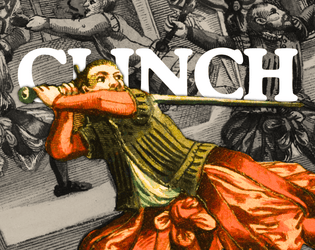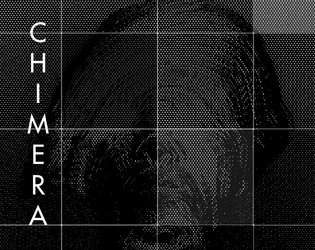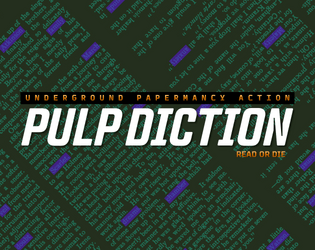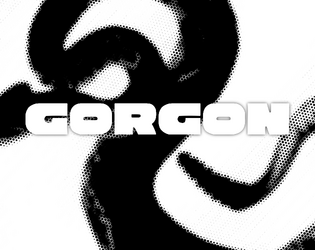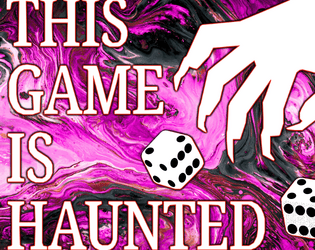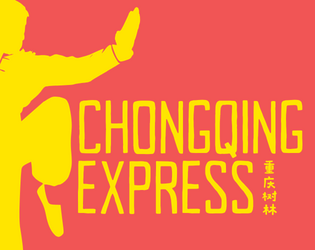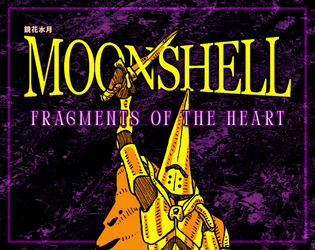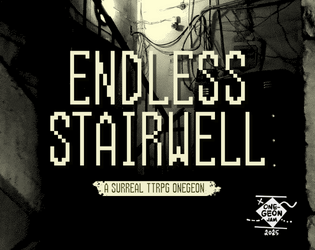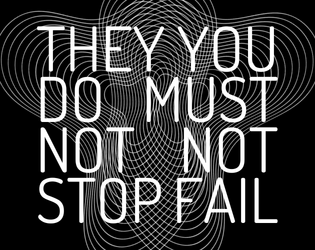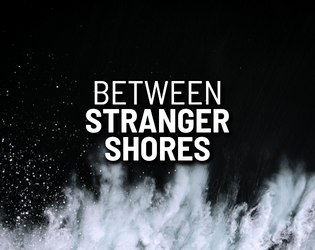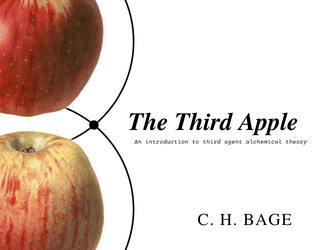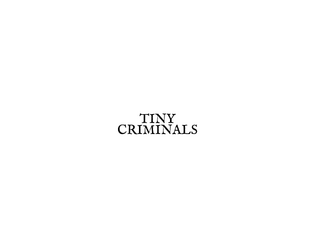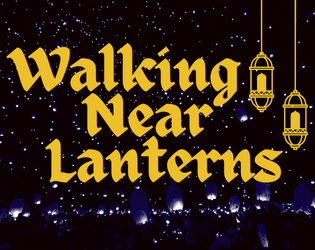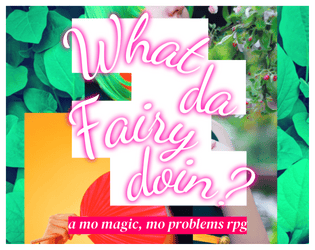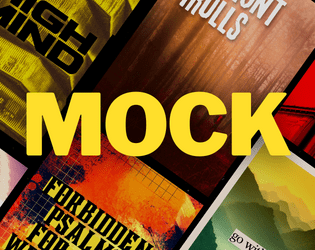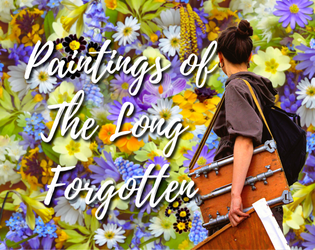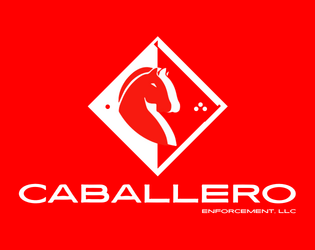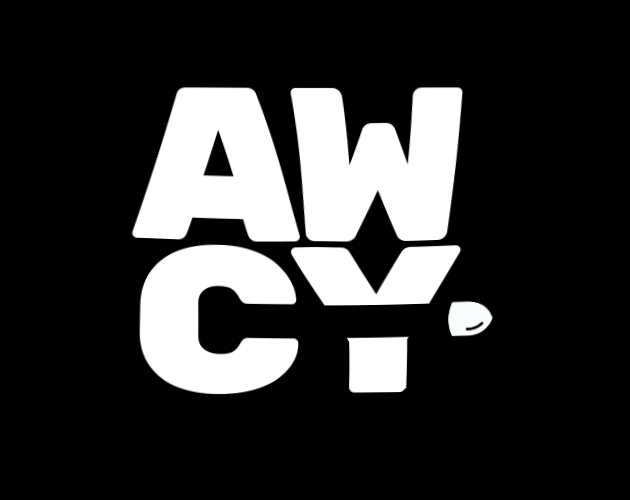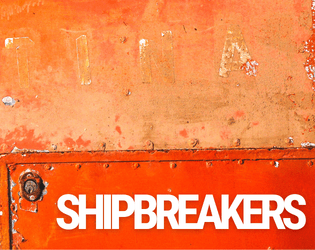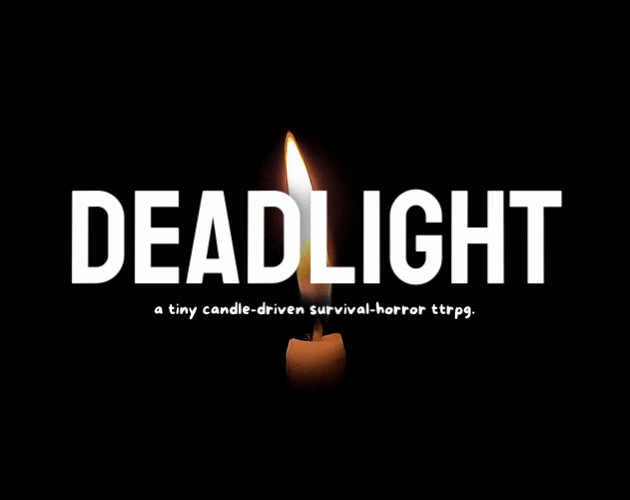Cold and unsettling. 5/5
CABBAGEHEAD
Creator of
Recent community posts
Do you like waking up with amnesia and finding out you're a detective caught in something wretched? Do you like the fumbling in the dark against a mystery that eludes you? Do you like Memento and Disco Elysium?
The Ouroboros Case is a quick and lean 48-word RPG that does all this. It's deadly simple to learn but inspires you to make a memorable (hah!) story. The real meat to these good bones lies in the attached 'Case File' replay.
My recommendation is to play the 48-word version before checking out the Neocities link.
It's a House RPG! I had a fun time reading this. And I plan to try playing it with a friend or two. :)
The only thing I feel it could flesh out more is a solid way to end the game.
Based on the inspirations and the tables, I would use what the spirit desires to build up a mystery for the players to solve. Find the house's desire, fulfill it and survive in one way or another.
But the game does make it clear escape is unlikely. And if House (1977) is the inspiration, then a game of Nerve should focus on the horror vibes and scenes more than the actual escape.
Hi! Thank you for the questions.
1) You start by fighting THEM immediately. The intention was for players to start playing the moment they read the game.
2) You fire 3 Shots in a burst each time with your Pistol and the Three Kings. The only exception is when you have less than 3 Shots loaded. So you will fire the remaining Shots instead (1 or 2). This can happen if your total ammo for a gun is at an odd number.
3) WHAT REMAINS can only be found and picked after making THEM fall. Under PLACES, each new place you enter will have its own list of items or effects. Some of these items are the same ones you see in WHAT REMAINS. If you mean entering a Room under the list of Places given, you can choose to add either 1 Shot or 1 Skin into your Inventory.
4) You reload all your Shots at once. The game won't stop you from reloading less. But it would not be wise.
5) I split my answer for this in two parts for backtracking and revisiting Places:
- Backtracking is useful when you want to keep track of important Places. Especially Lodges to keep yourself topped up, Locked Doors to work towards Masks and Boxes you plan to open later with Shanks to avoid THEM.
- You roll to face THEM when you revisit a Place the same way you would when you enter a new one. This also applies when a Place becomes Empty. If an Empty room feels too risky, charting a new route around it might be better. But this can also have its own costs. If you're uninjured and need to restock at a Lodge with an Empty Place in the way for example, taking the shortest route could be safer than taking a detour with more Places in the way.
6) This is definitely a common problem I'm seeing from first reviews! There is a short preamble on the last page of the game right now. But it does not explain much. I plan to add a better introduction to help players get into play better in the next big update.
7) That's a good suggestion. I'll try to add labeled cutouts for accessibility.
And this was not in the questions but I notice dying quickly happens frequently for players. So I'm considering more options for players to adjust the difficulty for themselves without taking away the challenge facing THEM. Such as a better starting inventory and more risk-vs-reward effects.
Thanks for the compliments too. I hope you enjoy your next play!
A few months ago, I downloaded a copy of this for the 2023 Manifesto Jam. This week I found it again when I was cleaning out old files. As a new designer, a lot of it resonates with how I feel and connect with art. It teaches and encourages you to make games which are "impossible" in a world that too often teaches us to judge things based on value and capital. It was really nice to read a reminder of that buried in my downloads. Just make things and enjoy the process. Thanks for writing this.
Thanks for the feedback! I made some changes to address your questions so the new version (1.3.2) should be helpful.
1) If you missed a hit and immediately have to reload, you will be attacked twice. Once for missing and not immediately taking Them down. And again for reloading and giving Them the chance. If you're having trouble with this, getting a P. Mag might help a lot.
2) You only roll to check if you will face Them when you move into a new Place. The new version has changed the rule to make it more clear.
3) The penalties only happen to your Hit rolls.
4) If you mean "SELL for COIN" under FLESH, this was the old name for currency in a previous version. You collect and use EYES to buy things instead. You can find a small box to keep track of it under the INVENTORY heading.
5) Yes, you can only start tracking and returning to old Places once you get the compass. They will disappear otherwise. The cutouts can be physically printed and cut to keep track of inventory and your map.
For inventory, the items can be placed on your inventory slots. You have a starting limit of 4x4 slots (-1 from your Pistol which cannot be removed) to work with. Note: The Triple King takes up 4 slots!
For mapping, the places can be arranged on a surface or paper to keep track of how things are laid out or connected around you. I realize mapping can be a little obscure. So I will try to make something for that in the next update.
I hope you have a good time playing!
Hi!
- There isn't a real limit to the game. But I would recommend a maximum of 5 based on the relationship prompts. If you run out of prompts, you can technically still reuse any of them. The game is GM-less. Everyone reads the rules, plays and facilitates the game together.
- This is a great question! I put half an hour when I first made this. Because I tested playing it solo first. But more games with groups have taught me this can actually last quite a while when everyone gets really immersed. The longest session I had with WNL was 2 and a half hours and the shortest lasted only 20 minutes (But we did cut this off halfway).
- There isn't a dedicated solo mode. But it is possible and I encourage it.
Thank you for these questions. They really gave me some things to think about. And I'll update the game's description to fit. Might also add a page about solo mode if I have the time.
I also added 10 more Community Copies + 8 from recent purchases. You can grab a copy if that helps!
A deep and tragic game about ambition and isolation. Magus tempts you twice fold with impossible odds. First, embark on the path of power without ever losing control. Second, to be strong without ever being vulnerable.
My first session felt like a marathon of blood. From the beginning, Magus plays the clever trick of presenting you an out: "Perhaps the best course of action you could take is to never play". The text clearly shows how dangerous your journey of power can be. The world could be pummeled to dust if you made one simple mistake. But your path as a Magus almost feels too simple to fail. Make a compromise here, stay the path once in a while there and grab power when it's safest. What could ever go wrong with you at the helm?
Then you do make a mistake. And sacrifices must be made. But it's okay. You have power. And there are plenty of people to take the blow for you. You took on a debt for them. Now would be their turn. When the dominoes finally start falling in front of you, you will have already convinced yourself you still hold all the cards.
I really recommend taking a weekend to play this. If not give it a read.
Weird, sinister and bombastic. Has one of the coolest character sheets I ever seen. Burnout Reaper is pure dark and wicked cyberpunk set in a world where the player must take the lives of others to continue theirs - however little there is left of it. My advice is to play this when the mood is right and heed the author's warnings.
The Ferryman is a one-way ride down the river Acheron. You are dead and there's no going back. All you have are your senses, fading memories and the company of Charon. The text reflects this well. Rather than instructing you, Charon speaks directly to you and guides the way. Charon is patient, caring and curious. He answers all your questions and asks just as many about the life you led.
You spend time thinking about what comes next, what once was and what is around. You toss your obol (the coin) for fleeting imagery and vague feelings. When I played, it felt like I was grasping at the wind for a storm that already passed me.
GSXX could be described as slick and charming. It's a fast and easy game about sailing through the stars and solving problems on your half-magical half-scientific wonder generation ship. You could be trying to investigate a missing magician now and then fighting a spirit-possessed mech next. For what is basically just three pages, you get lots of tables filled with unique settings, quests, talents and magic working smoothly under the 24XX ruleset. Really looking forward to trying it out!
An interesting evolution to the original Caltrop Core system. EX gives tools and insights gained by the designer's own work with the original system. This makes it more honed. It fleshes out the d4 system by making every result meaningful without sidelining the highest result in your pool.
I'm looking forward to creating with this. And looking forward to what people will make with it too.
It's the macross missile massacre of SRDs.
I just submitted mine into the jam! It's a short narrative dice TTRPG based on Titanfall. You play a Mech and a Pilot working through multiple missions, overcoming obstacles and growing their relationship together. It has themes of sacrifice, dependence and teamwork. I was also inspired by the latest Gundam anime to look at more mech-based stuff. It brought back the memories I had from playing Titanfall 2.
It's a pretty short game running at 4 pages. All you need to play is some dice, paper, pencils and storytelling. I plan to add community copies soon!
The jam has been pretty fun! I usually focus a lot on the layout and art of the game before I write. And I had trouble finishing games from that. So this was really refreshing.
https://cabbageheadgames.itch.io/protocol-3


